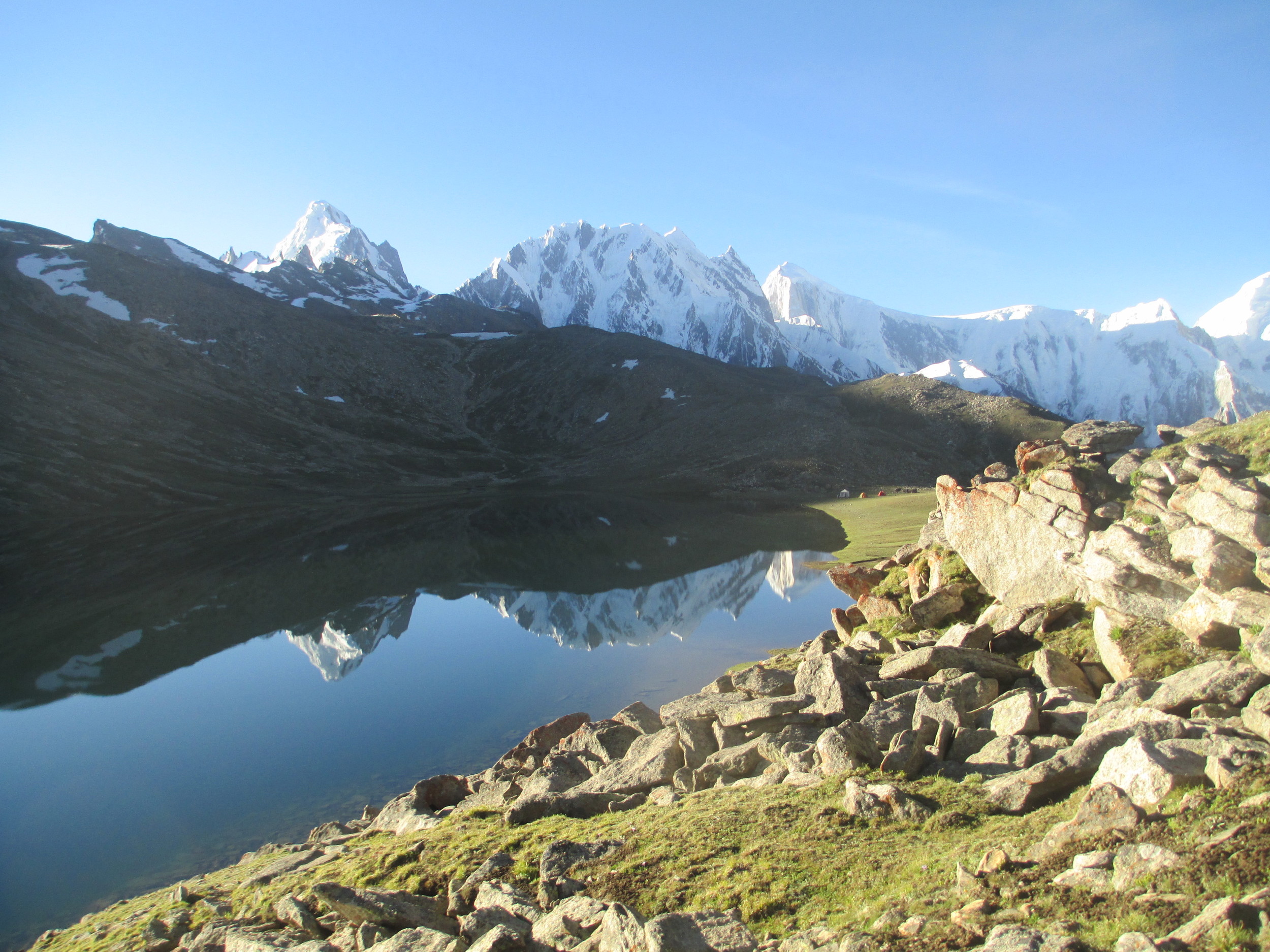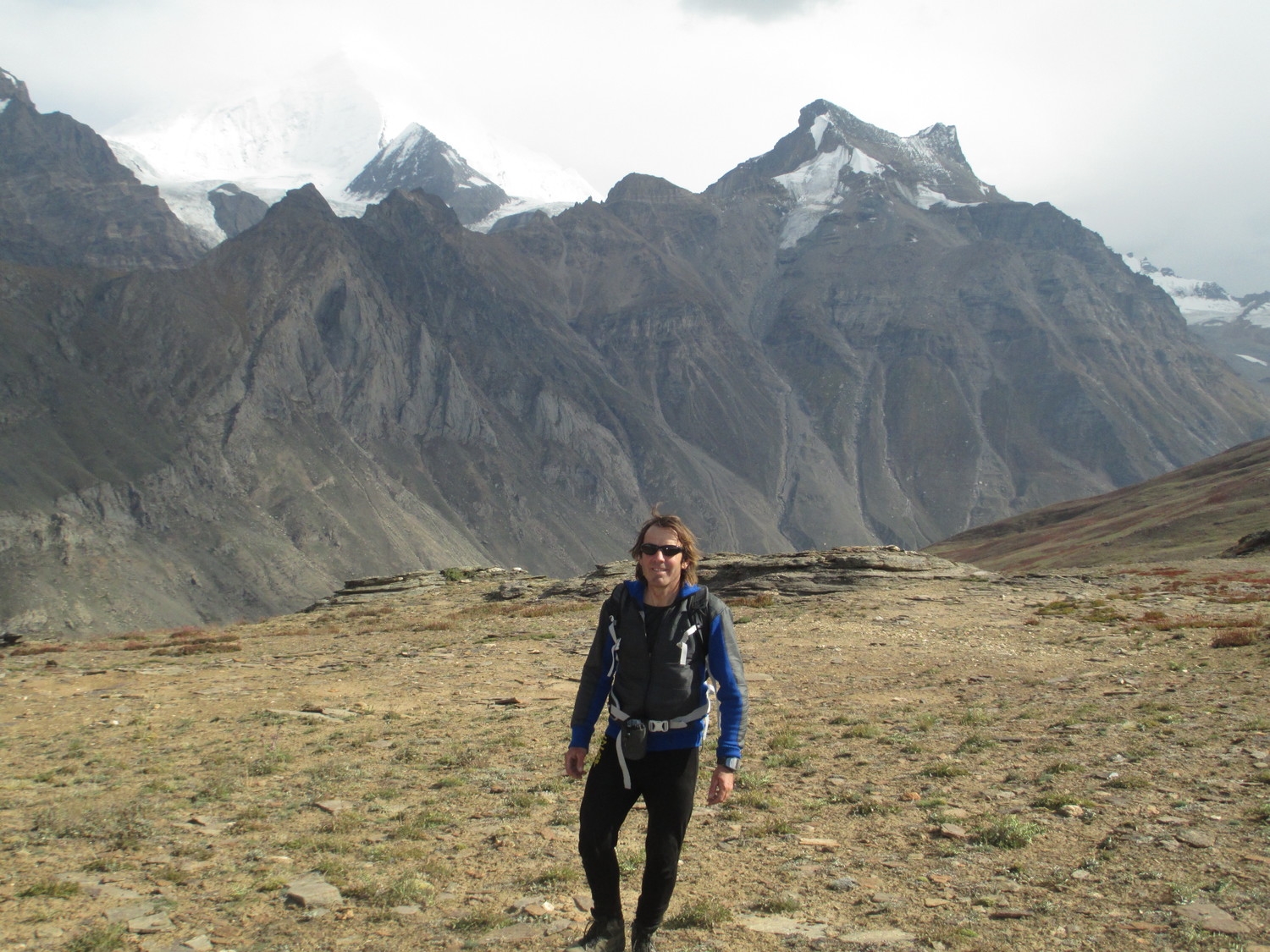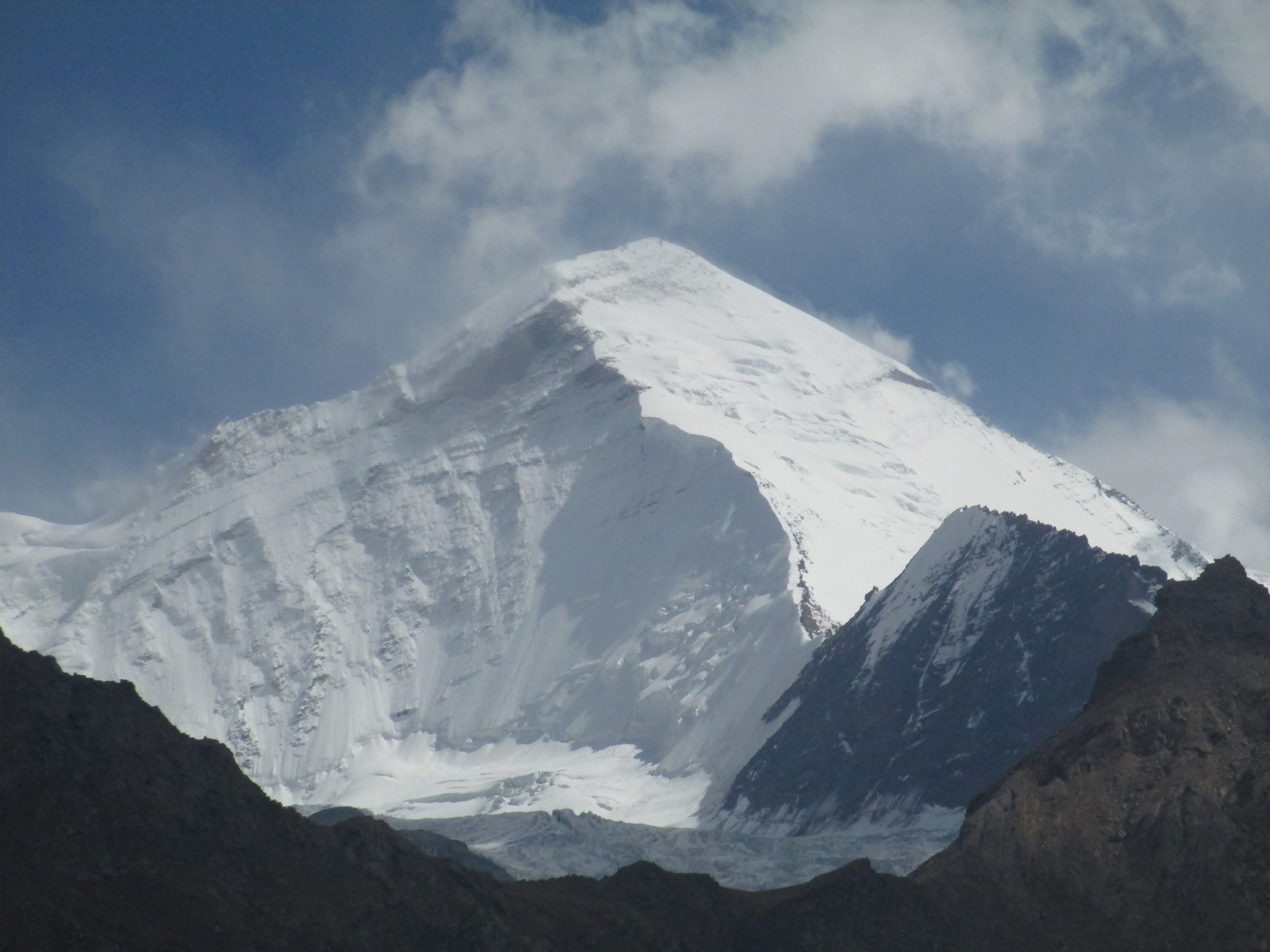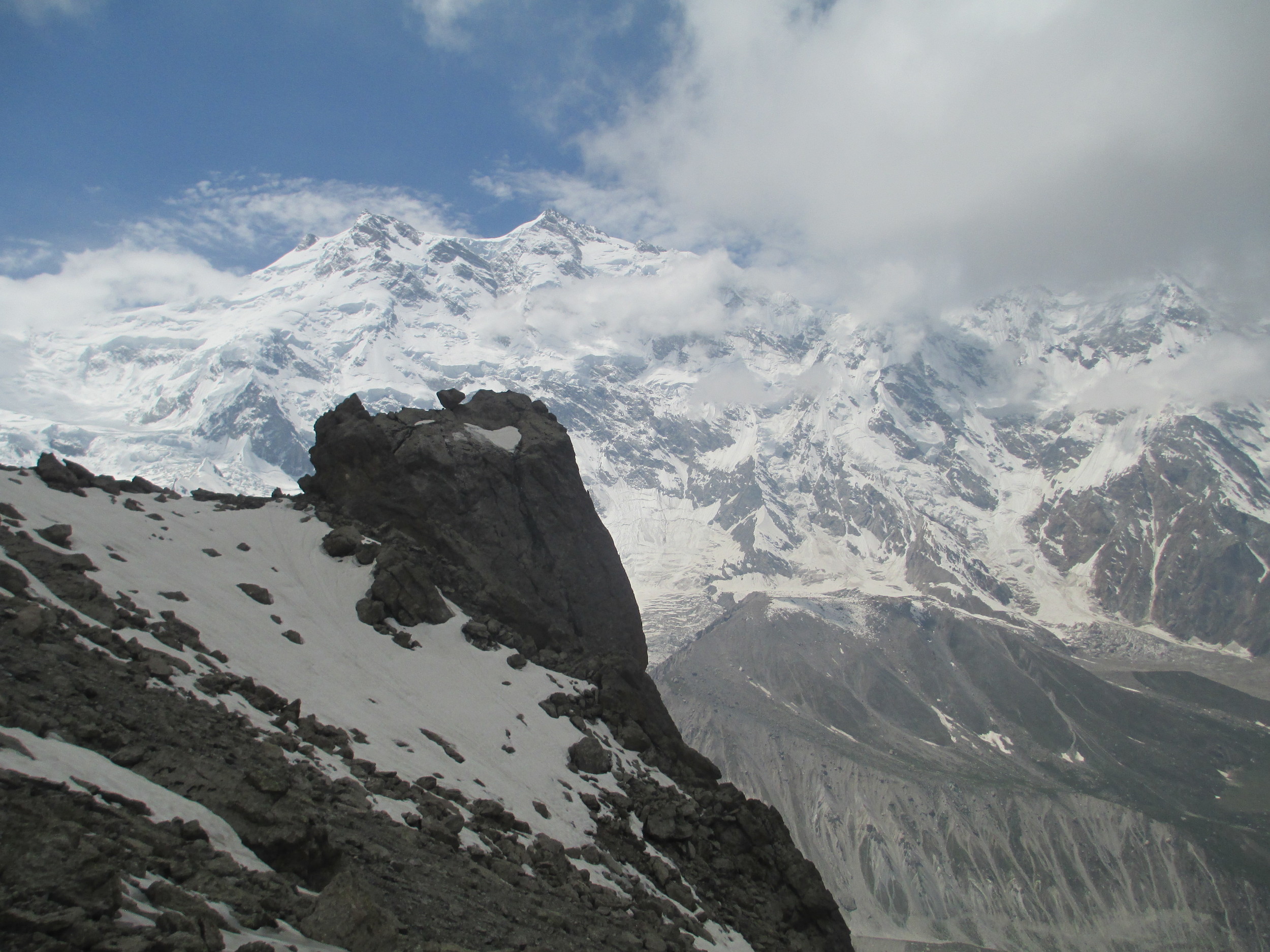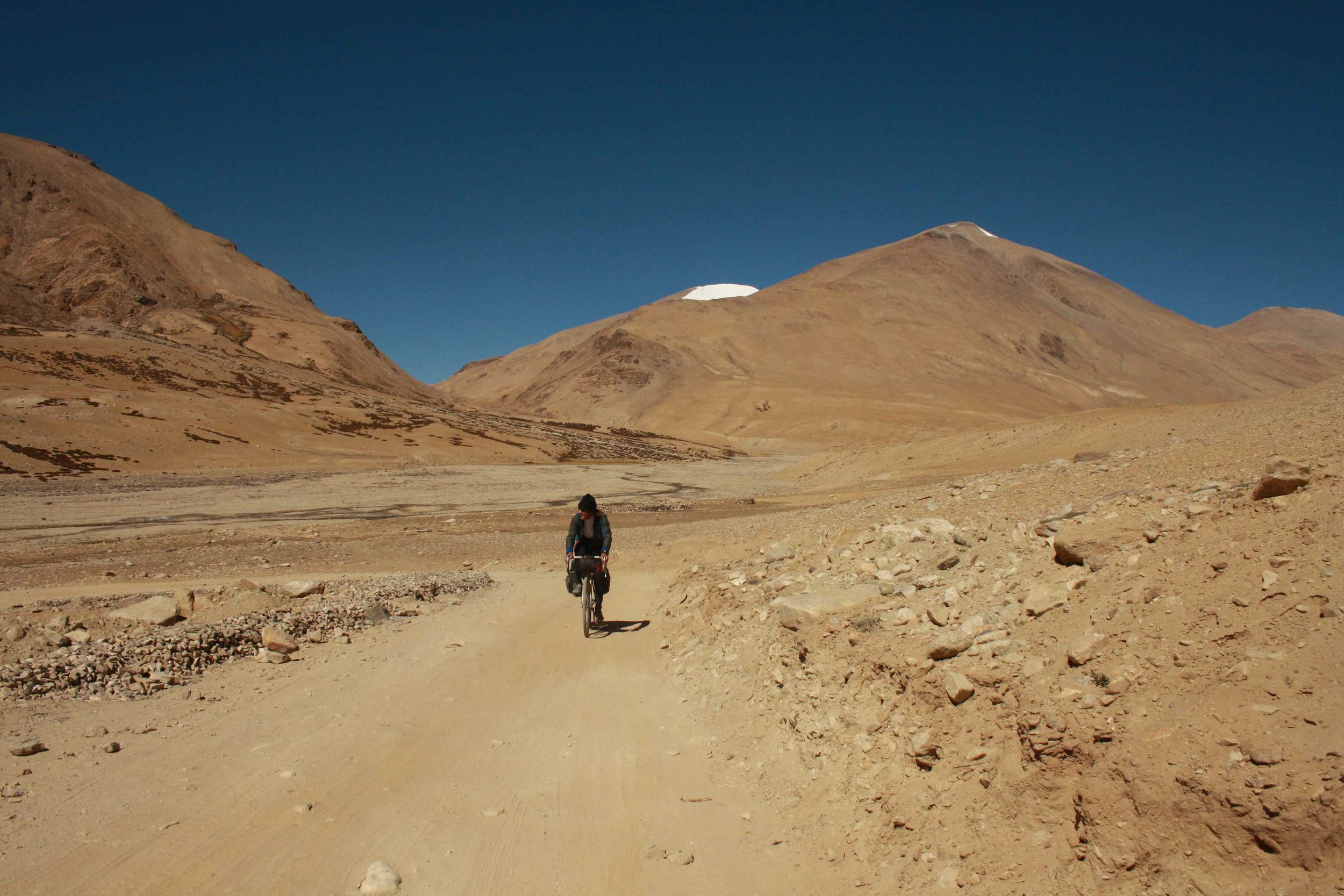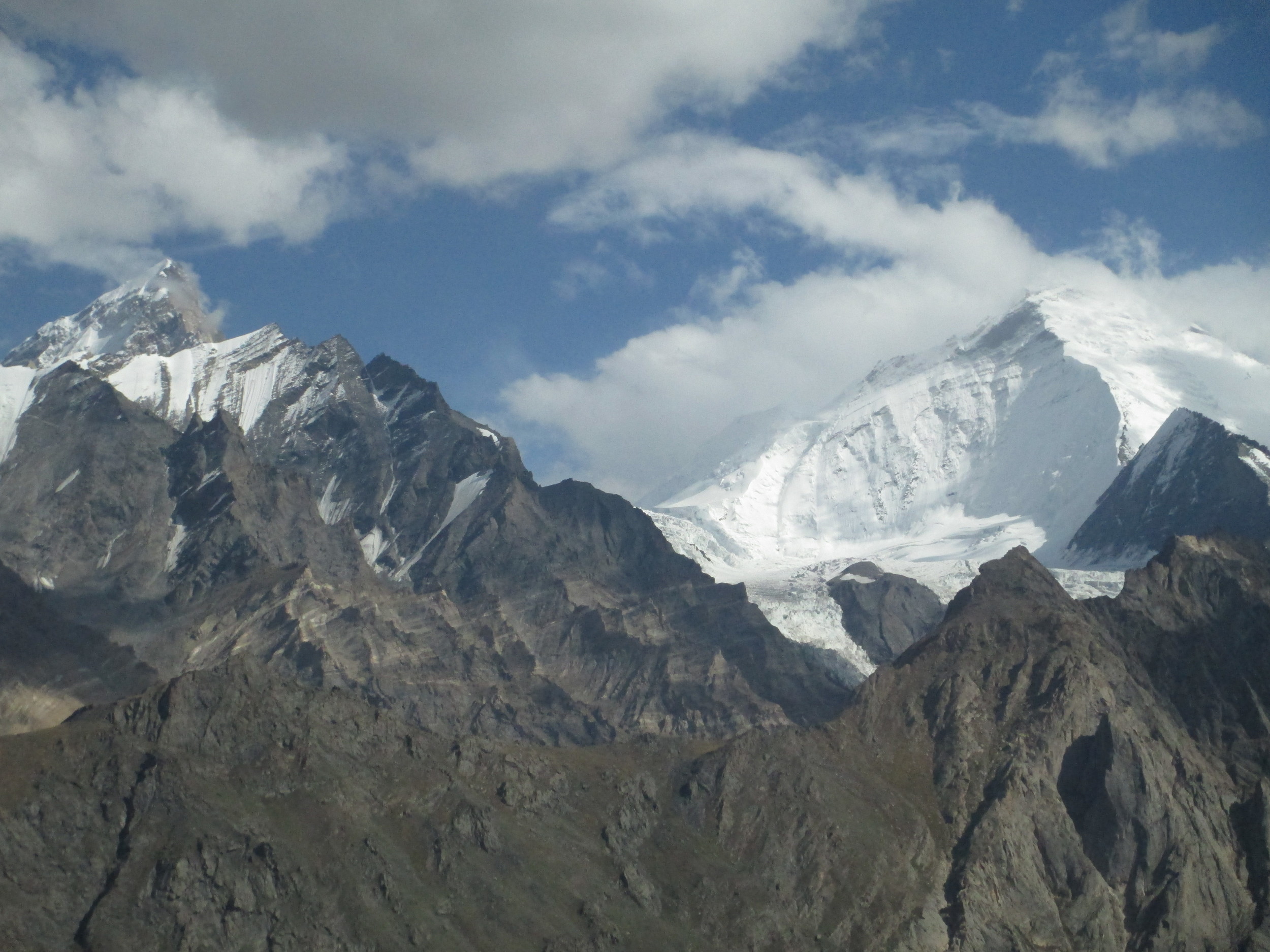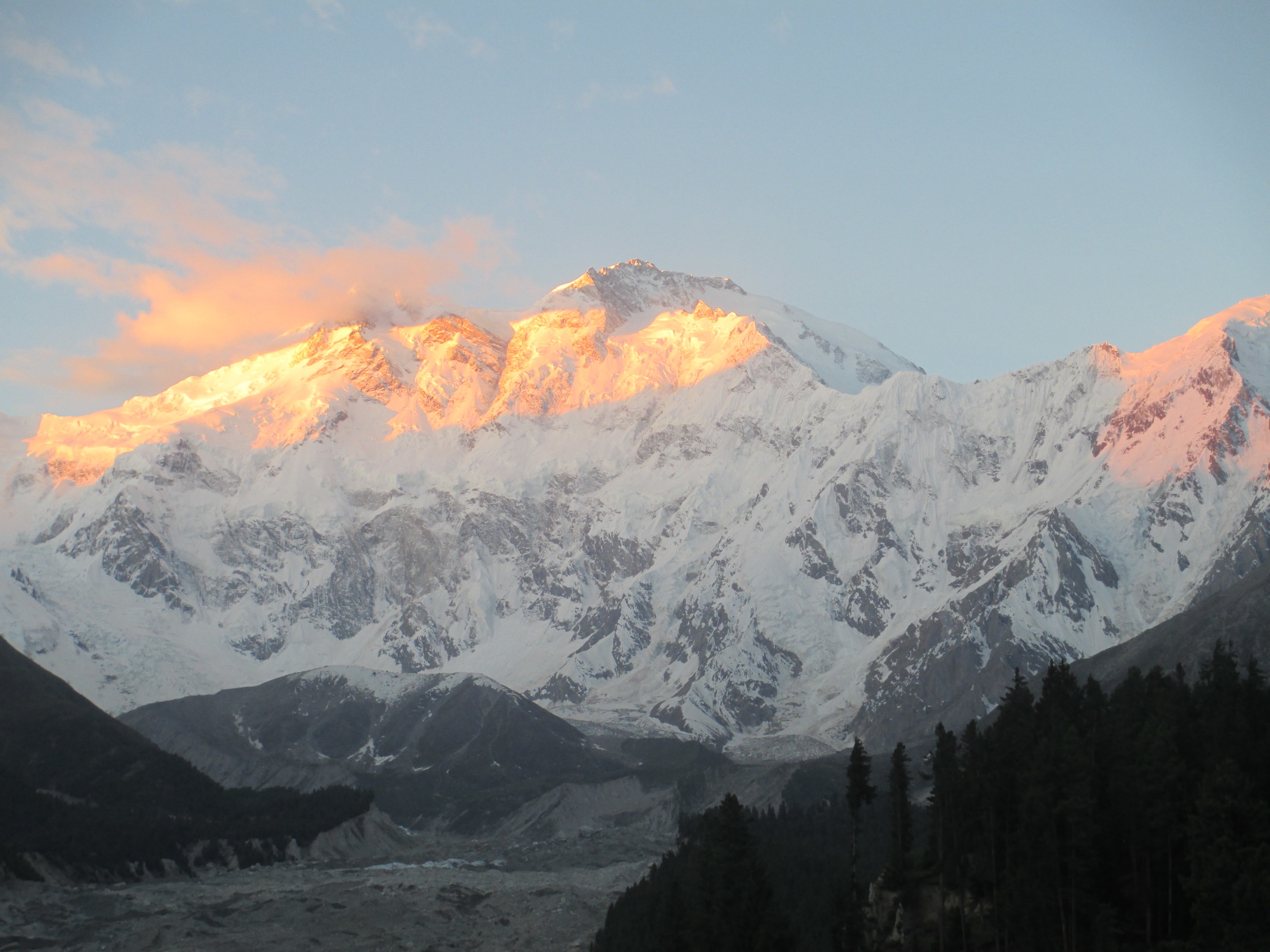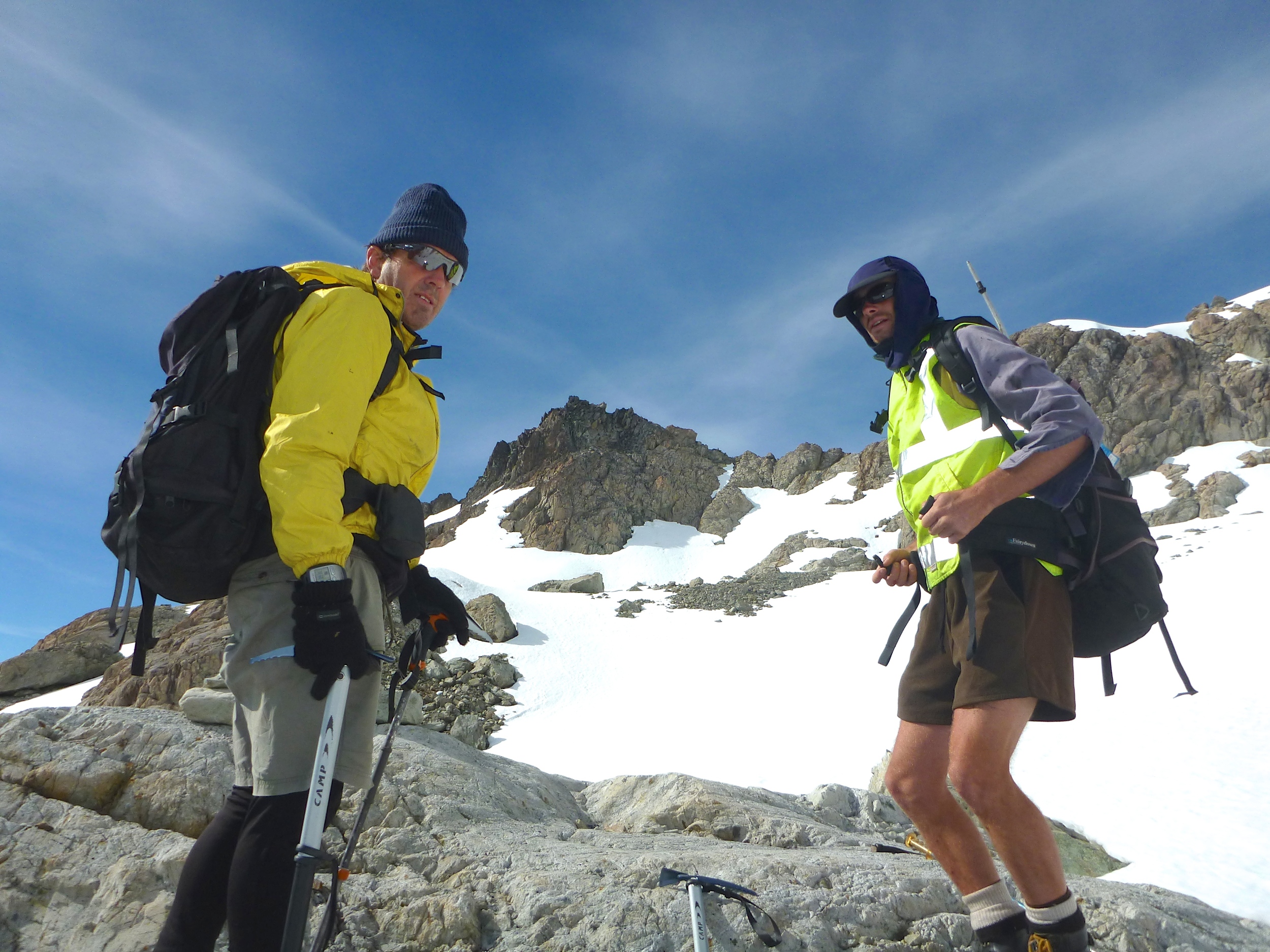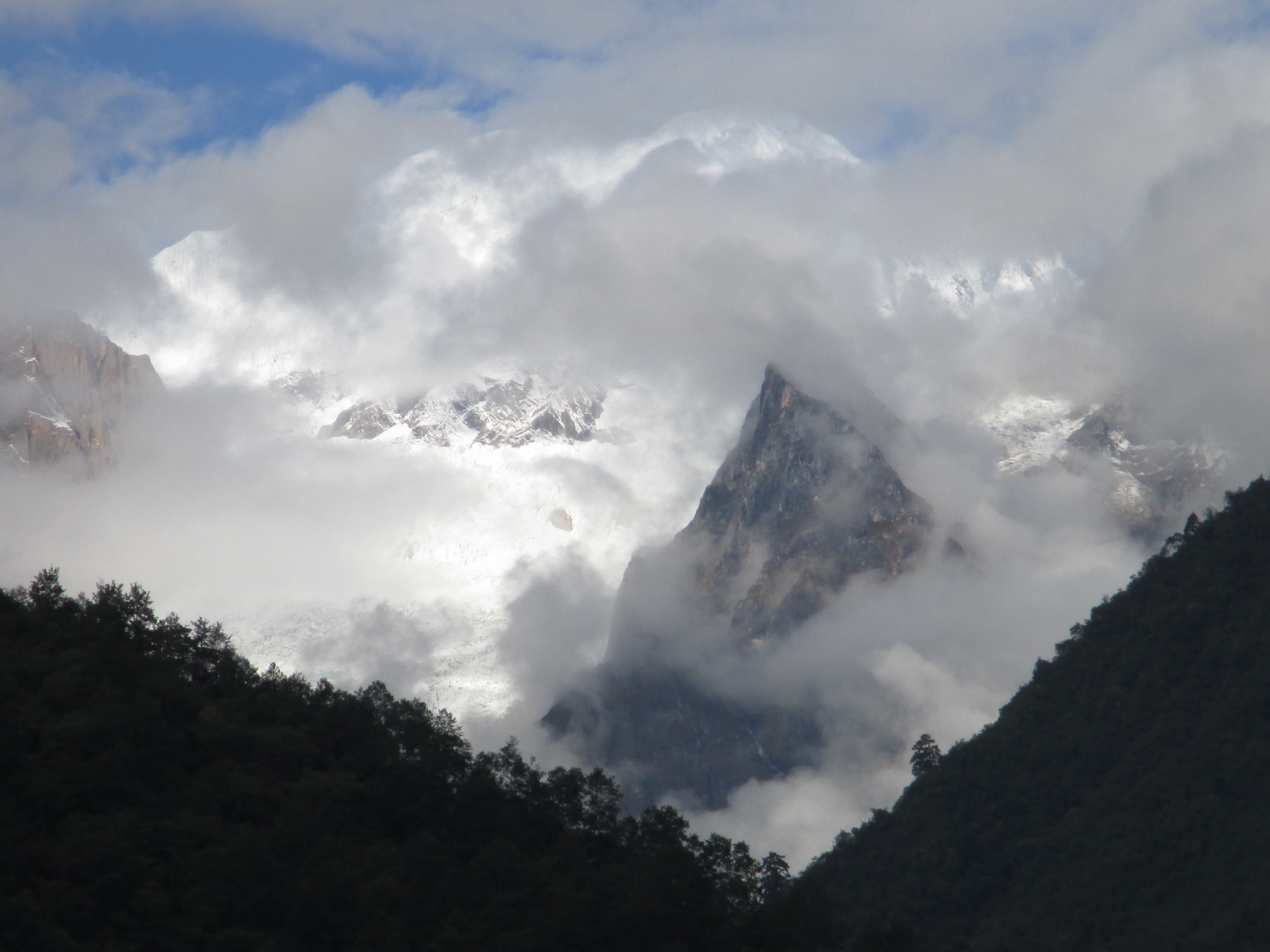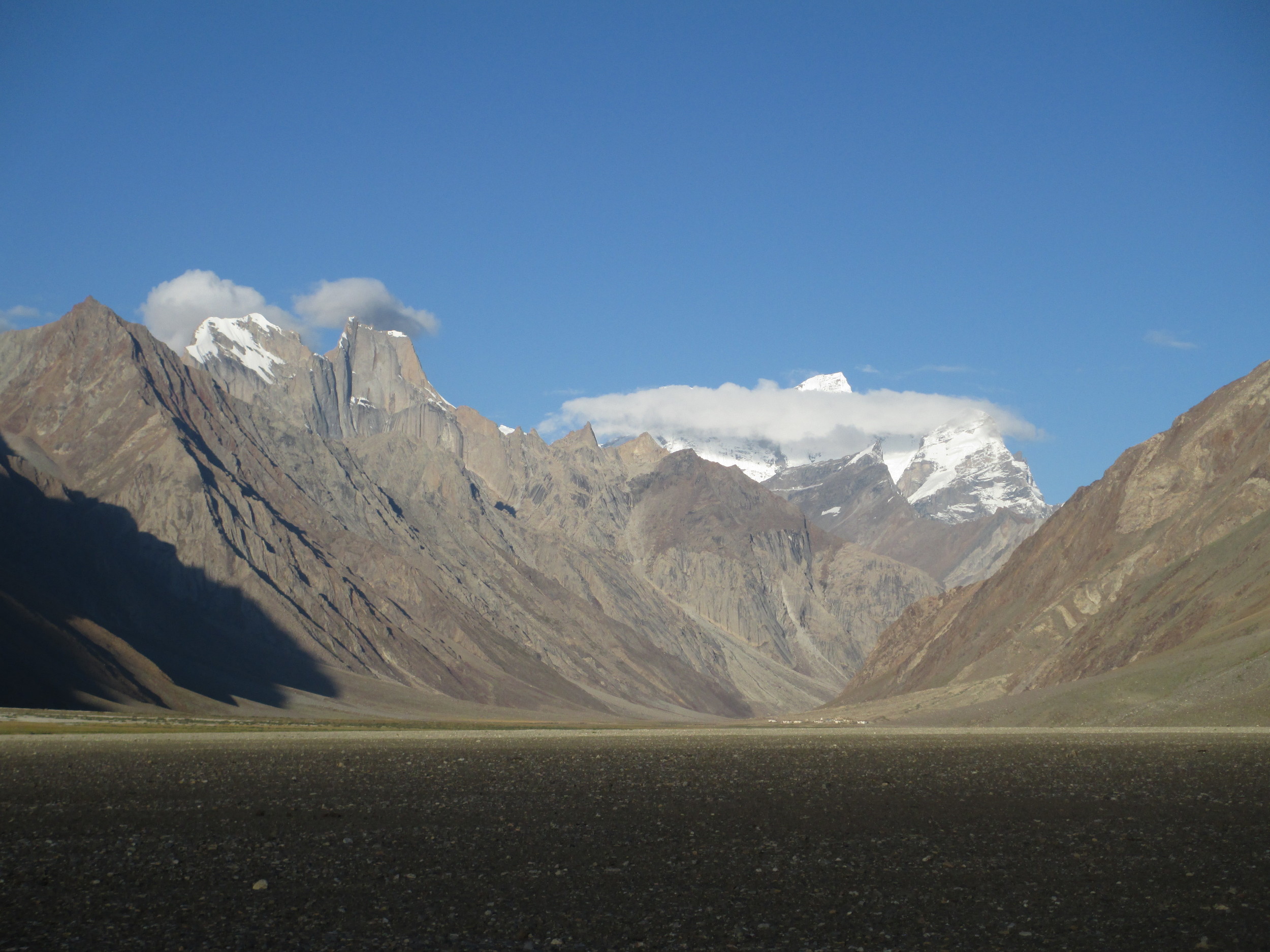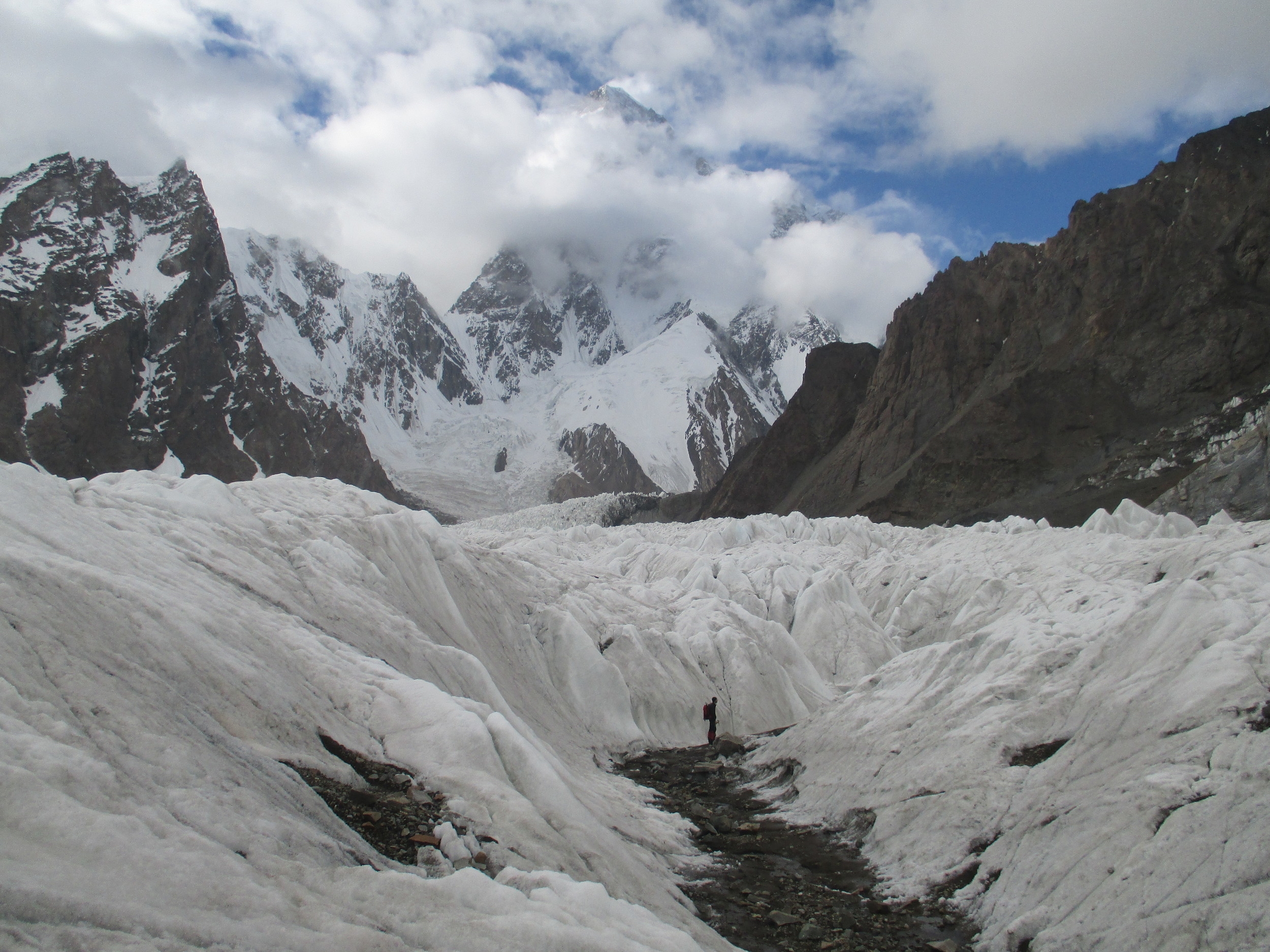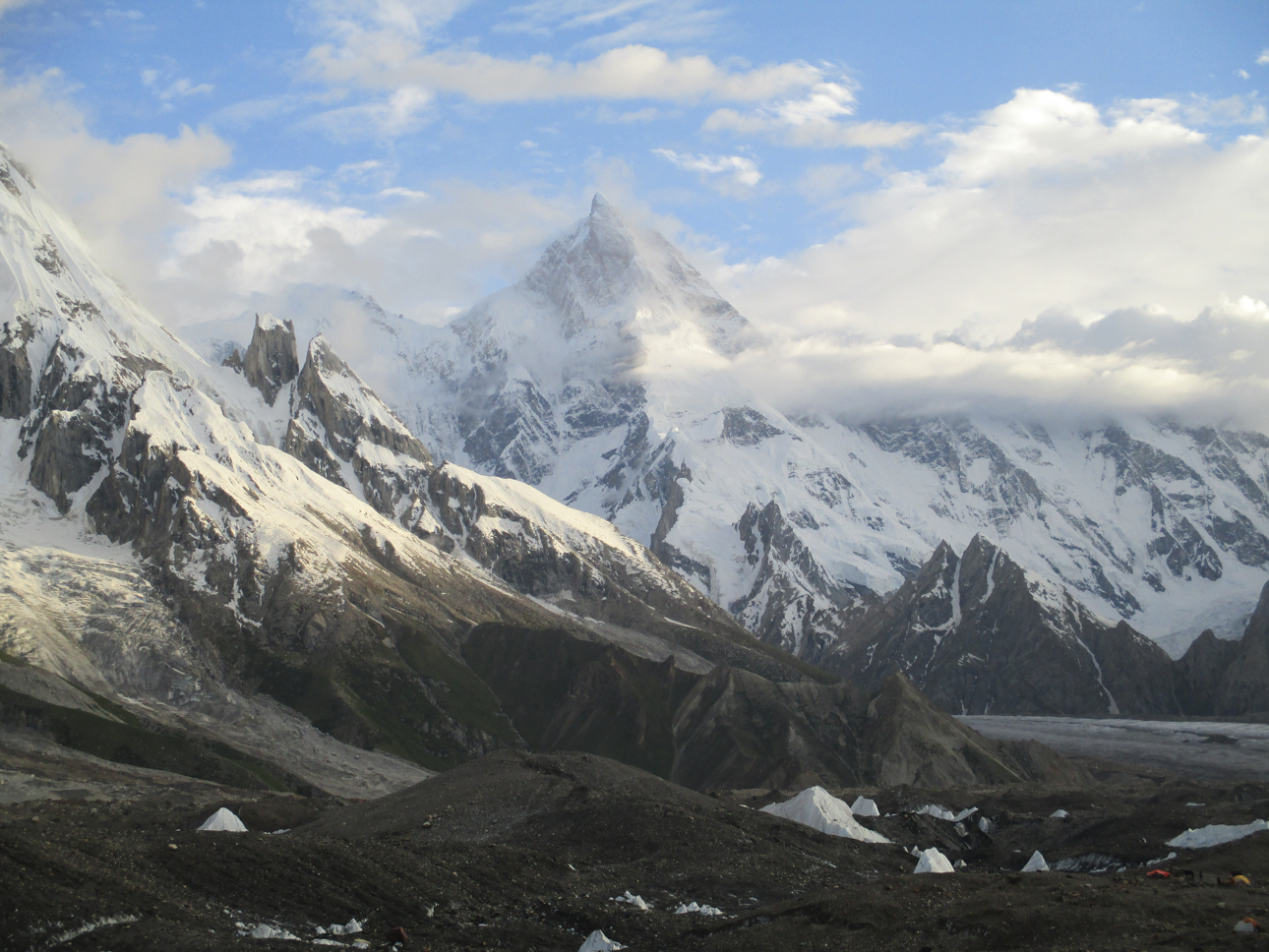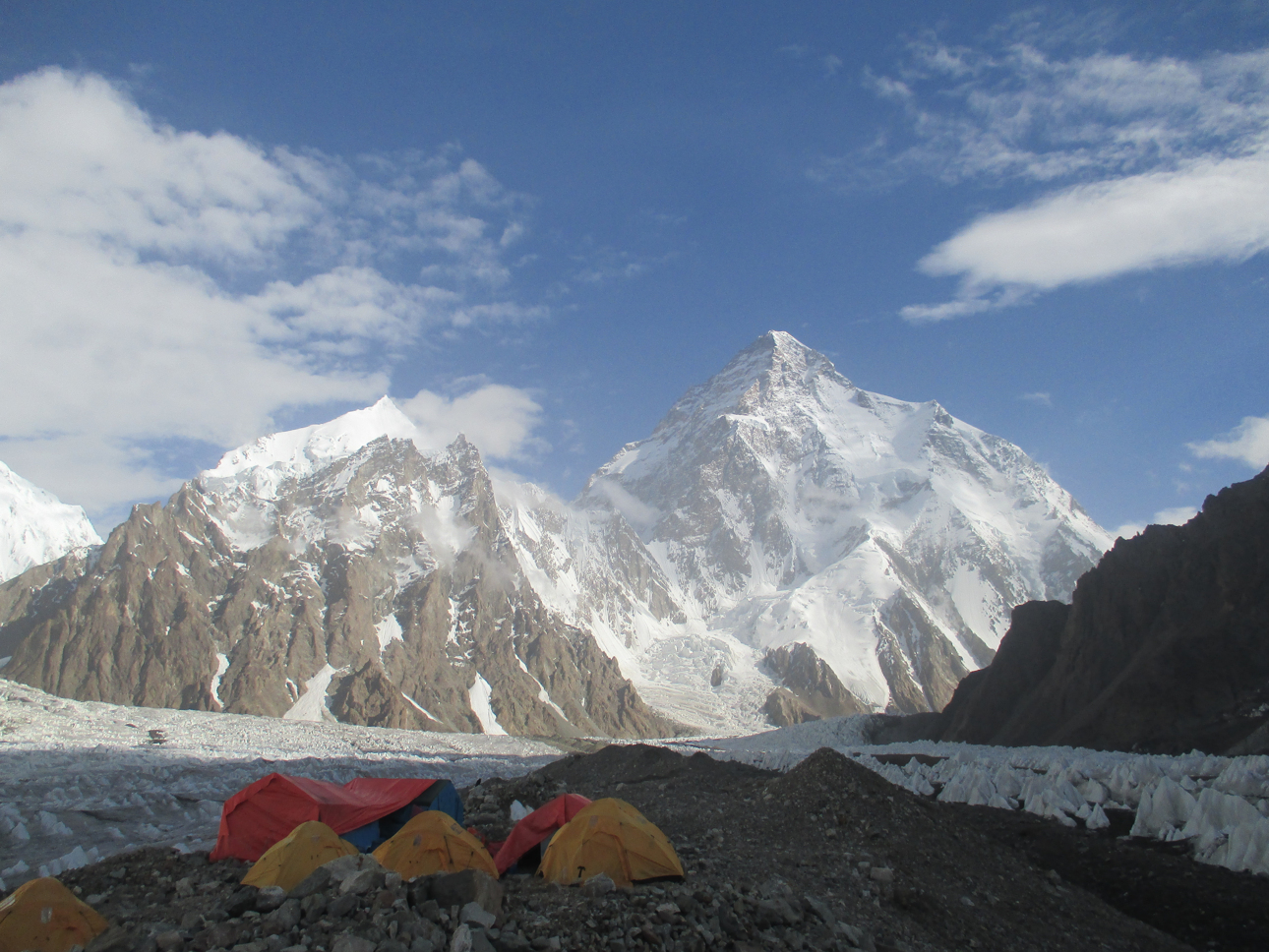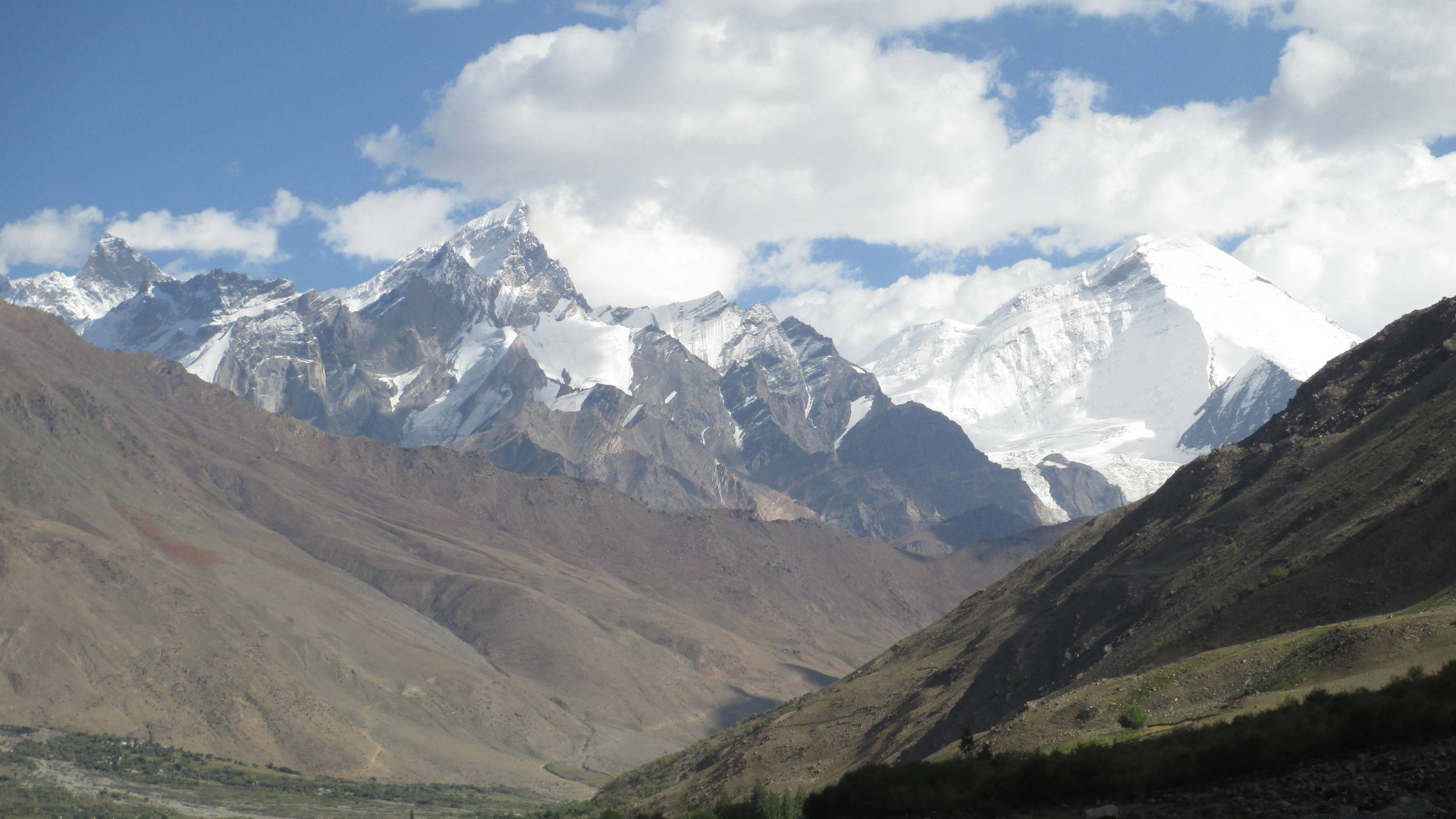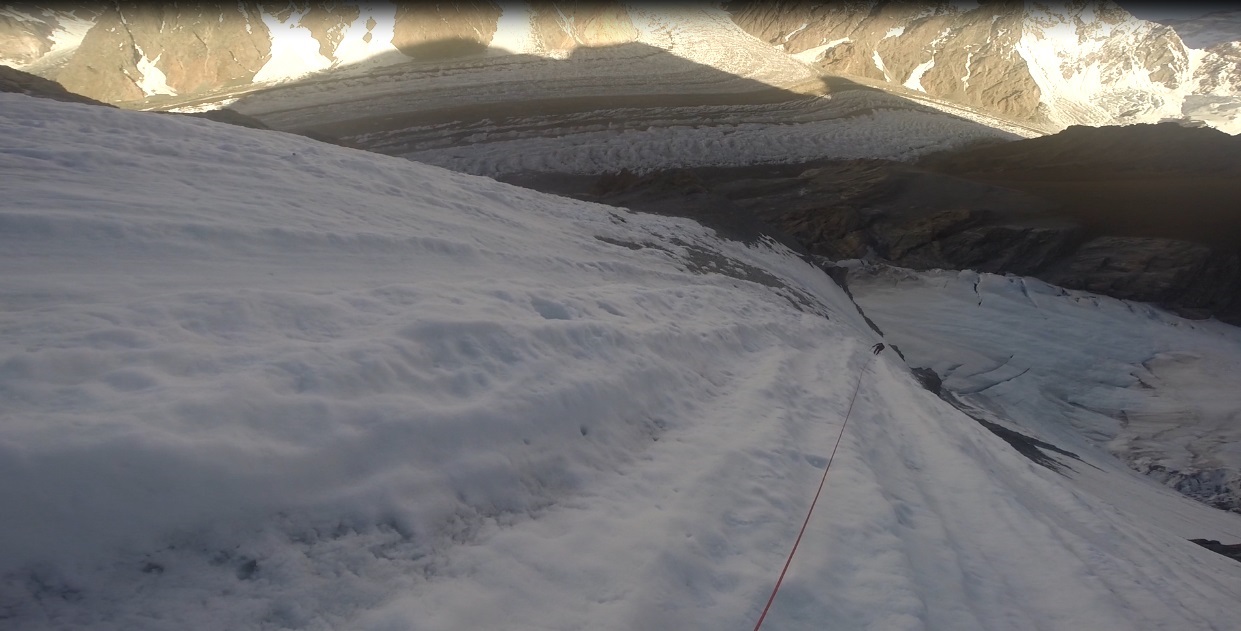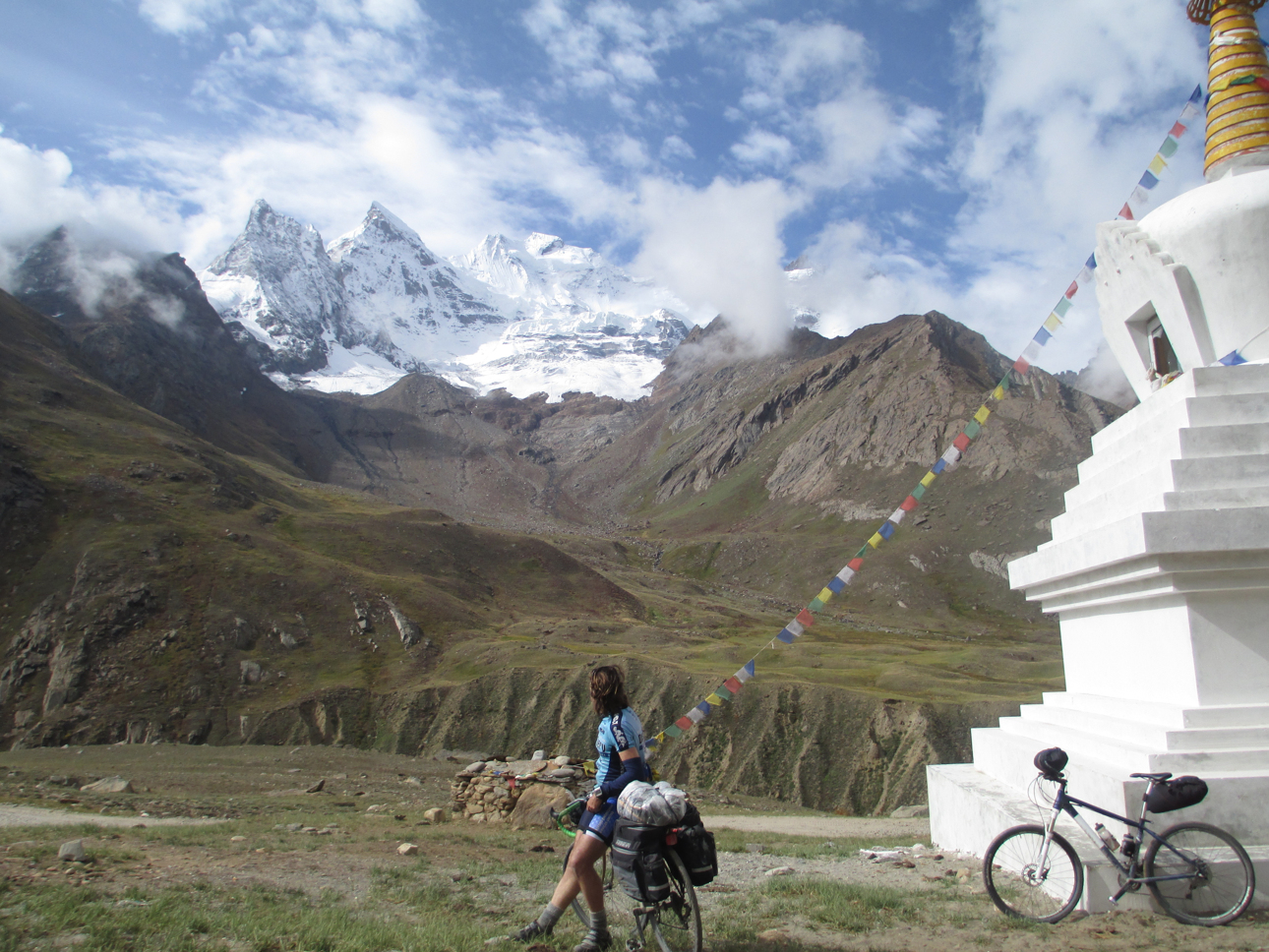PHILOSOPHY
Quotations above on the photos are from those who go there , explorer's , adventurers , mountaineers , philosophers - a history of those who share the passion.
"Because its there" - nothing further needed to be added by George Mallory in his famous reply to the press when asked why he wished to climb Mount Everest. We search for explanations of human behavior in everything and mundane life can be reduced to needs and numbers but for those who have dreams of higher things, we are driven by romance and passion for living - a force no longer definable in terms of wants and needs, of desires , ego , ambition- because its there is enough for us - "One does not climb to attain enlightenment, rather one climbs because he is enlightened."
Index of articles I have written
3 Tom Fyfe and New Zealand Exceptionalism
4 Velo Mountaineering
5 The Art of being alive - Situational awareness , Proprioception and Exposure.
6 Tom Longstaff (1865-1964)
Velo Mountaineering
Velo - mountaineering, cycle scramble or whatever you may call it is nothing new apparently. Shipton and Tilman rode back from East Africa after climbing Mount Kenya - all the way to England and way before that the Workmans who at the turn of the 20th Century were the prime explorers of the Western Himalayas and Karakorum's, cycle toured the whole of India before taking up the Ice axe. There are stories of Christchurch mountaineers in the 1930's facing a howling Westerly headwind to the Southern Alps here in New Zealand only to face a bitter Easterly all the way back having climbed nothing more than on and off their bikes!! Sir Edmund Hillary on his second attempt on Tapuae -o -Uenuku in the 1940's set out with a mate on regular bicycles for a long 100 kms or so crawl from Air force base to the Mountain base only to be foiled by snow conditions higher up. There are still a number of locals using the "Velo" to access the Mountains here in New Zealand and one can say a few bikers who ride to a high pass to make a mountain scramble.
Certainly for myself Velo - Mountaineering represents a fascinating economy of motion, route finding and purity of effort. Baggage is kept to an absolute minimum as everything is done by human power alone so in a way, every high trek or mountain peak becomes a small expedition in itself regarding planning, logistics and most of all fulfillment. With warmth meaning far lighter loads away from all the winter gear and long daylight hours summer is the prime time to match these two passions.
In New Zealand there is a lack of roads in higher mountain areas despite the fact NZ mountains aren’t really that high to begin with. One reason is the steep alpine nature of the mountains and putting roads in them is a precarious business .Further to this, the often wet wild weather and the fact that the snow line in winter is quite low makes high roads difficult to build and maintain but most of all the lack of population has meant there is little or no need to build many roads into unoccupied mountain areas. Most mountain roads here are of secondary nature and are either in poor condition or even merely 4 wheel drive tracks meaning they are not in a particular;y good state and even these are often blocked to traditional vehicular traffic with locked gates. Its great news for the bike rider though as often you end up being the only one up there. Locally here in the Top of the South (and throughout New Zealand indeed) there are many road ends either as entrances to a national park or ski fields that involve a fairly stiff up hill bike grunt.
Using the bike as a pack horse to carry supplies and equipment more easily up mountain roads and trails is one of the great plus aspects of Velo mountaineering over traditionally humping stuff on ones back from a road end.. No matter how hard the ride in , the ride out is often almost free , freewheeling out with a big load is not only much easier after a hard day walking in the mountains but its many times faster.
Tom Fyfe and New Zealand Exceptionalism
The small country syndrome pervades New Zealand , epitomized in the local soft drinks brand Lemon and Paeroa TV Advertisement – “World famous in New Zealand”
One of the most famous mountaineering stories in NZ , even a cult classic in the everyday NZ life is how local boy Tom Fyfe beat the best of the World to the Top of New Zealand's highest mountain , Mount Cook. Well there is an element of truth in the story , Fyfe did make the first ascent and the combination of Swiss Zebruggen and Englishman Fitzgerald (the rivals???) were a combination that could be called the best of the time , indeed Zerbruggen would rank among the finest ever – but there never as a race. Indeed Fyfe had reached the top before almost before the Zerbruggen, Fitzgerald combination had even got off the boat. Undoubtedly there was an element of a race in the NZers minds – and rightly so. When the eminent pair arrived they quickly knocked off one peak after another as everyone suspected they would- often by routes judged hard by today’s standards. Fitzgerald was piqued and although the weight of evidence goes against him as one of the most savory of characters he no doubt saw the colonial’s behavior regards Mount Cook as rather unsporting. There is no slur on Tom Fyfe here, the self taught climber repeatedly proved himself- the slur is against subsequent propaganda of how some gumboot colonials made a great first against the odds when the odds hadn’t even arrived at the starting gate.
Zerbruggen himself guided all over the World setting many firsts including solo climbing Aconcagua (in a trip with Fitzgerald again) the highest mountain in the World outside central Asia and highest climbed in the World at the time. Subsequently he went on to work with the Workmans in the Karakorum’s (he had already been with Conway to the Karakorum before) where he finally meet his match. Fanny Workman notes his great skill but again and again notes his complete underestimation of the scale and difficulties of Himalayan peaks. Here he never managed to overcome his Alpine prejudices – it wasn’t Tom Fyff who was Zerbruggen's rival (and certainly Zerbruggen never entertained that idea and perhaps neither did Tom) but the magnitude of the peaks in the Karakorum.
The whole race to the Top of Cook is just another example of petty stupidity in a small country- one that demeans the accomplishments of all those involved.
Tom Longstaff (1875-1964)
I am content to stand with Vartheina who wrote:
"If anyman shall demande of me the cause of this my voyage, certainly I can shewe no better reason then is the ardent
desire of knowledge, which hath moved many other to see the world and miracles of God there in."
I just completed reading Tom Longstaff's book “This is my Voyage” written in 1950. It seems that I copied a fair amount of his book into my dairy, with the greatest of respect . This indomitable character spanned the era where the Victorian world transformed into the more modern world and was the forerunner of all those great 20th century explorers. The original lightweight traveler he set the example for Tilman and Shipton whose philosophies of small parties travelling light and living off the land proved the fastest and best in both in practice and principle for exploration and in particular mountain exploration. Longstaff, born into a family of means, was well educated been both a medical doctor and first rate naturalist. With none of the prejudices of those of us who have worked hard for subsistence, Tom saw in the world and nature constant charm and delight and heaps praise on his companions who ever they maybe, whilst modestly explaining that he was not much more than a passenger on his great trips .His modest rending of his own abilities does not square with history and Longstaff regularly outpaces, out climbs and out does his companions in almost every aspect of mountain exploration.
He does not merely give his companions praise but also guides , other mountaineers ,Gurka's , Sherpa's , Baltis , indeed all mountain peoples and his hosts at various times and even the mountains , rivers, lakes and sea are all lavished with complimented and it seems that Longstaff can always see the best in the world no matter what the circumstance or prevailing opinions. His open inquiring mind is what one likes best – it leads to so many just observations without prejudice which is why so many of his comments made their way into my dairy.
There are a few of Longstaffs comment’s on the pictures above but below I give a list of his observations that I really enjoyed and took note of.
The Art of being alive - Situational awareness , Proprioception and Exposure.
Awareness implies thought and thought implies awareness. Being fully aware of oneself an ones existence in time and space is perhaps the most important part of living for me. This awareness which in normal existence is dull and barely perceptible becomes greatly enhanced by going out there and doing something – the physical enhances the mental. It is even more greatly enhanced by what Reinhold Messner calls exposure – “ Exposure means there is no possibility for outside help. Exposure increases the higher up you are, the more remote your location, and the greater the difficulties encountered higher up.” I would add that exposure is also greatly increased as the number of companions in the group and technology is reduced.
By exposing oneself (obviously this implies danger – but not necessarily thrill which is the “lie”of adventure tourism which sells thrill without danger) ones sense of ones self or situational awareness rises dramatically – “Situational awareness or situation awareness (SA) is the perception of environmental elements with respect to time or space, the comprehension of their meaning, and the projection of their status after some variable has changed, such as time, or some other variable, such as a predetermined event.”
Whilst in the mountains alone above all (and I’m sure sailing on the ocean alone or being out in space alone would have the same feeling to it) and with as few technological aids as possible which dilute ones own awareness and entrust’s much of it to a machine – just as being with others dilutes ones awareness and entrusts much of it to others , ones situational awareness becomes paramount to ones survival and thus awareness of oneself is fantastically enhanced. Every factor comes in to play , terrain , weather ,time to the extreme awareness of how the body is feeling and reacting and than there is the minute part – that is Proprioception. This is the sense of the relative position of neighboring parts of the body and strength of effort being employed in movement. The feel of snow beneath ones feet , the sense of the ice axe as the pick enters the ice, the feel of rock in ones fingers , the brightness of the sun in ones eyes (and oh how that can deceive you) and the drift of tires on a corner all let the body know exactly where it is in immediate time and space. Its absolutely imperative often to have extremely good Proprioception for survival , its situational awareness in miniature in fact.
When we are on the edge , pushed to the limits we are fully focused and fully living for the first time just as the fox in the hunt has his finest moment. The famous Christian theologian CS Lewis described in his Science fiction books set in Perelandra heaven and hell , and it was an interesting heaven and hell so opposite from the ones represented in mythology. In fact Hell was the garden of carnal pleasures – where body and minds experiences were so diluted with pleasure that one suffocated forever in indulgence. In heaven on the other hand the senses were overwhelmed with sharpness and clarity , the air so crisp it stung the lungs , the sky so bright it was difficult to see and the grass so real underfoot it was sharp. For the first time one was introduced to real feeling and it wasn’t merely pleasure , it was clarity that took time to adjust to , that one had to endure to partake of. In the words of Bill Tilman- "Strenuousness is the immortal path, sloth is the way of death".
There is the famous evidence of existence by René Descartes “I think therefore I am” but for me once in a state of exposure I could expound that , “I am therefore I think”.
Sleeping on a mountain
I spent a well-remembered evening in my sack watching the stars swing across a clear frosty sky. To know a mountain you must sleep upon it.
The Alps
The Alps are of the mountains the most delectable. The attribute of long human settlement is one of their great adornments. The word alp means a mountain pasture, not a mountain. It is the zone between the tree-limit and the snow-line.
Guide-less climbing
To the guide-less climber every new peak is in reality a “first ascent" and has all the savour of the unknown.
On the Brain,oxygen and will power.
Of all the tissues in the body the cells of the brain are the most sensitive to lack of oxygen: the resolution to persevere must therefore be taken very early, well before the will has been weakened.
On Guide books,definition and true character.
and cliffs and faces are subdivided in printed "Climbers' Guides" under letters of the alphabet or numbered categories of difficulty. When reading these guidebooks it becomes almost impossible to see the wood for the trees-to see the mountain for the rocks. We are led dangerously toward a definition. With a mountain, as with a man, it is character that counts, and what does or does not constitute a mountain is easier to feel than to define.
On Himalayan Mountains
It seems to me that in the Alps snow slopes appear to be steeper than they really are; that in the Caucasus they are as steep as they look; but that in the Himalaya they are steeper than they look. Be this as it may, there is no doubting that in the Himalaya snow is far more treacherous than in either of the other ranges. Avalanches in the Himalaya are vast and travel far greater distances: not only must the mountaineer be constantly on his guard against starting an avalanche himself, but he must site his camps with the very greatest caution. In places which seemed quite safe to experienced alpine climbers several camps in Himalaya have been completely overwhelmed. Whenever possible camps should be sited on, or at the foot of, spurs : but even such a barrier may be over leaped by one of these monstrous cataracts of snow.
Latitude and the vertical world
In the deep cut gorges of Garhwal, all the gradual changes which spread from the tropics to the pole are telescoped into a few miles, so that we may see them disposed vertically up the side of a single valley and realize that high altitude is a biological equivalent of high latitude.
After attempting Nandi Devi
I was beginning to realize that success on any big Himalayan peak was unlikely if we confined ourselves to rush-tactics suitable enough for the Alps or Caucasus. Yet I was not inclined to spend precious days over siege-tactics on mountains we had already tried. Furthermore, owing to the horrible effects of high altitude, success is only to be attained through endurance of the greatest physical discomfort and by such concentrated mental resolve that little spiritual energy remains for the pure enjoyment of living through such days. Though hardly aware of it I was already changing from the esoteric mountain climber into the epicurean explorer. In the Himalaya, with its manifold diversities of attraction, the change is almost inevitable. We were on virgin ground and a small fast party can cover a lot of new country and such a prospect intrigued me far more than the mere achievement of a great ascent.





